I had the same goal (having a test that runs the main() method) and I noticed that simply adding a test method like @fg78nc said will in fact "start" the application twice : once by spring boot test framework, once via the explicit invocation of mainApp.main(new String[] {}), which I don't find elegant.
I ended up writing two test classes : one with @SpringBootTest annotation and the empty test method applicationContextLoaded(), another one without @SpringBootTest (only RunWith(SpringRunner.class)) that calls the main method.
SpringBootApplicationTest
package example;
import org.junit.Test;
import org.junit.runner.RunWith;
import org.springframework.test.context.junit4.SpringRunner;
import org.springframework.boot.test.context.SpringBootTest;
@RunWith(SpringRunner.class)
@SpringBootTest
public class SpringBootApplicationTest {
@Test
public void contextLoads() {
}
}
ApplicationStartTest
package example;
import org.junit.Test;
import org.junit.runner.RunWith;
import org.springframework.test.context.junit4.SpringRunner;
@RunWith(SpringRunner.class)
public class ApplicationStartTest {
@Test
public void applicationStarts() {
ExampleApplication.main(new String[] {});
}
}
Overall, the application is still started two times, but because there is now two test classes. Of course, with only these two tests methods, it seems overkill, but usually more tests will be added to the class SpringBootApplicationTest taking advantage of @SpringBootTest setup.
